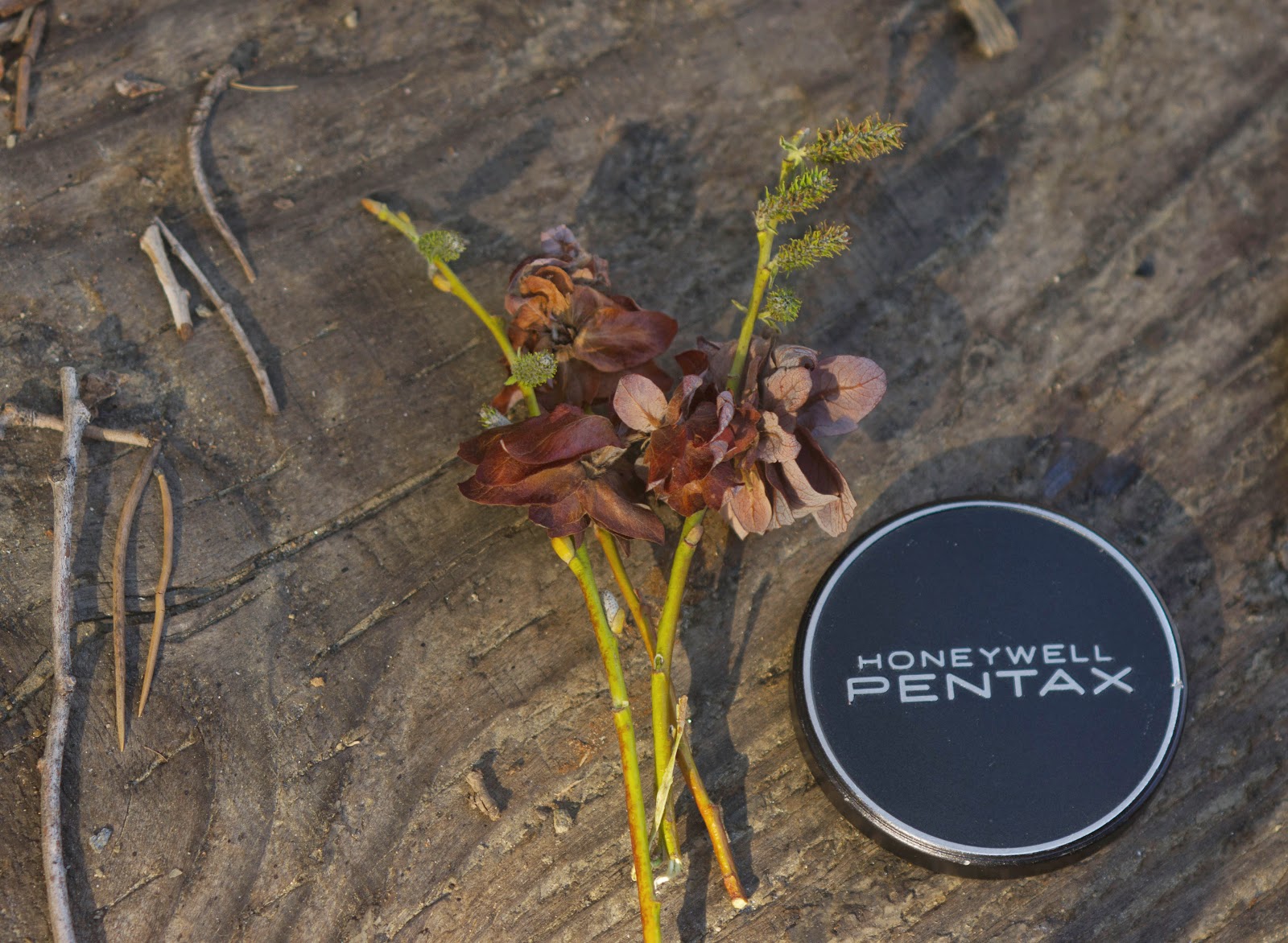.JPG) |
| Red cone galls on valley oak (Quercus lobata) |
 |
| Galls on Quercus rugosa in Arizona |
Have you ever been strolling around outside and happened
upon a bizarre, unexpected plant growth?
Freakishly hairy, spiky, huge, or colorful, like something out of
science fiction or a medical manual, these plant “tumors” are the product of one
of the most fascinating and intimate relationships directly observable in the
wild— galls!
Galls are grown by plants in response to chemical or
mechanical stimuli by invading organisms- generally insects, mites, fungi, or bacteria. In other words, an outside organism will rasp, pierce, exchange fluid with, and often lay eggs on a host plant. As a result, the plant grows something totally unique.
These “gall-inducers”generally
use plants as hosts for reproductive purposes—to release reproductive
products and agents for fungi and bacteria, and to feed and produce offspring for
mites and insects. In the case of insects and mites, there is the added benefit of creating a protective home for the larvae. The resulting
growth can take on bizarre shapes, colors, and textures—sometimes mimicking
existing features on the plant and sometimes creating something new.
 |
| The "oak apple" is a common gall caused by the California gall wasp |
This very
intimate relationship is thought to be intricately connected by species. Gall-inducers require not only a specific host plant species, but also
specific microconditions-- temperature, humidity and exposure. They can also be sensitive to the
particular physiological condition and chemical suitability of the host plant. This
minutely connected, mini-magic is wildly complex, as you might imagine, but
here is a tiny glimpse into some gall-world generalities. To narrow things down
a bit, let’s discuss insect-induced galls.
 |
| Galls from golden cup oak (Quercus chrysolepis) |
 |
| Beaked twig gall wasp gall |
Galls induced by insects generally develop in spring and summer when metabolic
activity in host plants is highest. They
can occur on any part of a growing plant, but leaf galls are most common, due
to having higher metabolic activity over a short amount of time. Common gall
manifestations include leaf and stem swellings, detachable outgrowths,
flattened fan-shapes at the end of stems, rolling or folded leaf edges,
hair-lined depressions on leaves, root nodules, and dense collections of small
branches and shoots. Often, this is a
very consistent relationship between plant and animal resulting in specific
size, shape, and color galls- a relationship that researchers have speculated
may be due to evolutionary genetic programming. They are so specific, in fact, that
often one can identify the species of gall-inducer based on the host plant
species and the formation of the gall, without ever observing the species
itself.
 |
| Fuzzy gall wasp on valley oak (Quercus lobata) |
Why are some plants conspicuously covered in galls while
their neighbors are not? This is probably due to the environmental factors
mentioned above including favorable microclimate conditions, physiological
condition of the host plant, and the dispersal capabilities of the gall
inducer. For instance, the bacteria that causes crown gall (Agrobactrium tumefaciens) can only enter its host plant through an open wound. Gall-inducing cynipid wasps on the other hand, can fly and probably have access to more distant hosts than the bacteria. Generally, the health and vigor of host plants is not significantly
affected by the seasonal production of galls, although some localized damage or
stunted growth may occur.
 |
| Rosette (midge) gall on arroyo willow Salix lasiolepis |
Although there is still much to learn, plant galls have been
documented on every continent except Antarctica, and evidence of galls from 300
million years ago has been observed. Worldwide there are currently 13,000 known
species of gall-inducing arthropods. Over 2,000 species have been documented in
the US with nearly 1,000 cynipid wasps and 800 gall midges. Gall-inducer
dominance varies by continent- while cynipid wasps are our most common
gall-inducers in North America, mites and midges dominate the gall world in Asia.
 |
| Hairy bud gall on rabbitbrush (Chrysothamnus sp.) |
If you are intrigued by these amazing relationships, you may
want to consider becoming a gall researcher. Cecidology is the study of plant
galls and the insects that induce them.
REFERENCES
Russo, Ron. 2006. Field
guide to plant galls of California and other Western states. University of
California Press, Berkeley and Los Angeles, California.
About the Author:
Laura has worked as a field biologist in California, Arizona, and abroad since 2001, specializing in endangered species and ecological research and mitigation. She has a B.A. in Environmental Studies from the University of California at Santa Cruz, and a M.S. in Natural Resources from the University of Arizona. She joined the Conservancy in January 2014.
About the Author:
Laura has worked as a field biologist in California, Arizona, and abroad since 2001, specializing in endangered species and ecological research and mitigation. She has a B.A. in Environmental Studies from the University of California at Santa Cruz, and a M.S. in Natural Resources from the University of Arizona. She joined the Conservancy in January 2014.

